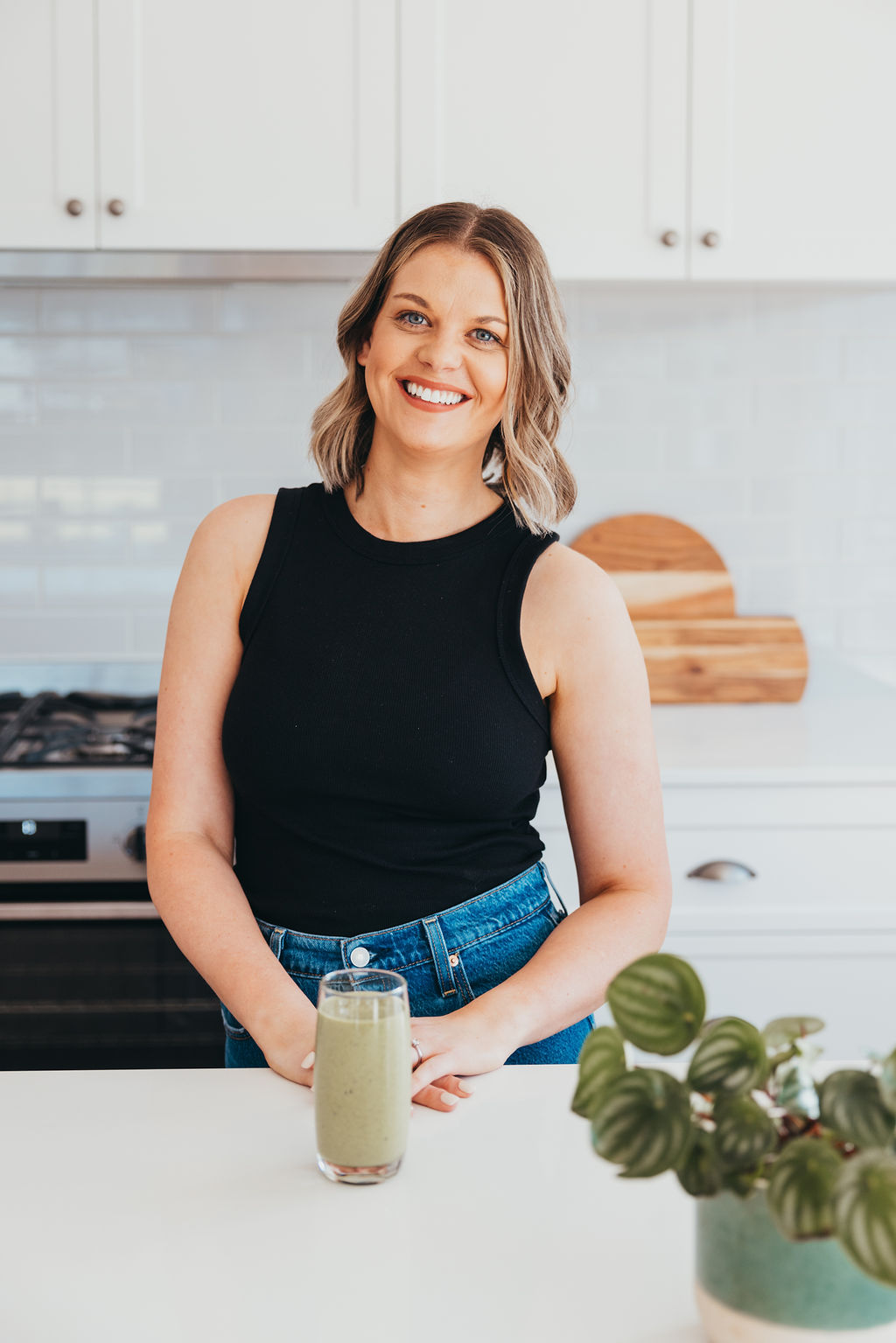You know that feeling when you’re crying over burnt toast and then… your period arrives the next day?
Yep. That’s the luteal phase in action.
In this post, we’re breaking down the luteal phase – that consistent, behind-the-scenes part of your cycle that tends to get overshadowed by ovulation and your period, but is absolutely crucial when it comes to hormone balance and your ability to conceive naturally.
If you’re cycle charting, or trying to optimise your natural fertility, this is the phase that can tell you a lot about what’s going on inside your body.
What Is the Luteal Phase, Really?
The luteal phase starts after ovulation and ends right before your next period. It usually lasts between 11–17 days and is the most consistent phase of your cycle. Unlike the follicular phase, which can vary from month to month, the luteal phase stays pretty stable once your cycle regulates.
That means once you confirm ovulation – using your temperature, mucus, or both – you can often predict exactly when your period will arrive. For anyone who’s ever felt blindsided by their cycle, this kind of predictability is a game-changer.
Behind the Scenes: What Your Body Is Doing
Think of the luteal phase like your body throwing a beautifully prepared dinner party… for a guest (aka fertilised egg) that may or may not show up.
After ovulation, the follicle that released the egg transforms into the corpus luteum, a temporary gland that starts pumping out progesterone. This hormone plays a key role in thickening the uterine lining and preparing it for implantation. If pregnancy occurs, the corpus luteum keeps producing progesterone until the placenta takes over.
But if fertilisation doesn’t happen? The corpus luteum breaks down, progesterone levels drop, and your body gets the signal to trigger your period.
Hormones and Cycle Charting: Why It Matters
If you’re using cycle charting to support your fertility, you’ll notice a clear shift in basal body temperature once progesterone kicks in. You’ll also notice the disappearance of fertile mucus, replaced by thick, sticky secretions (or nothing at all) – another sign that your fertile window has closed.
This is why charting is so powerful. Once you understand how to recognise ovulation and luteal phase shifts, you gain insight into your hormone health and how to conceive naturally.
PMS Is Not Just “Hormones Going Crazy”
Let’s clear something up: PMS is not caused by progesterone.
It’s actually caused by an imbalance between progesterone and oestrogen. Many women experience symptoms like mood swings, fatigue, breast tenderness or anxiety in the luteal phase because their progesterone is too low, or oestrogen is too dominant.
Low progesterone often results from stress, poor diet, or coming off hormonal contraceptives. It can even be linked to environmental toxins (like xenoestrogens found in plastics and cleaning products). The result? A shorter luteal phase and difficulty maintaining pregnancy – both of which affect your ability to conceive naturally.
A Short Luteal Phase = A Red Flag for Fertility
To support a viable pregnancy, the luteal phase needs to last at least 10–11 days. If it’s shorter than that, there may not be enough time for implantation or for the body to produce sufficient progesterone.
This is where a qualified fertility coach or practitioner can help you identify what’s going on and support your body back to hormonal balance.
How to Support Yourself in the Luteal Phase
This phase is all about nourishment, rest and balance. Here’s how to look after yourself when progesterone is doing its thing:
Nutrition Tips
- Focus on comfort foods like root veggies and warming soups
- Load up on vitamin C (citrus fruits) to support progesterone production
- Eat plenty of fibre to help flush excess oestrogen
- Include magnesium (nuts, seeds, leafy greens) to ease cramps and anxiety
- Support your energy with healthy fats (avocado, fish, nuts) and lean proteins
Rooibos tea is a favourite of mine in this phase – calming, nourishing, and caffeine-free.
Move Gently
Your energy might dip, and that’s OK. Swap the HIIT for yoga or walking. Tune into how you feel, and know that rest is just as productive as pushing through.
Make Time for Self-Care
You don’t need an excuse to slow down. But if you want one, the luteal phase is it.
- Take baths
- Book a massage
- Organise your kitchen if the urge hits
- Get to bed early with a good book
Self-care during this phase isn’t indulgent – it’s hormonal support.
Final Thoughts
Understanding the luteal phase isn’t just about making PMS suck less. It’s about tuning into your body’s natural rhythms so you can feel empowered – whether you’re trying to conceive naturally, come off the pill, or simply live more in sync with your cycle.
And that’s what working with a fertility coach is really about — giving you back the clarity and confidence to chart your own path.

+ show Comments
- Hide Comments
add a comment